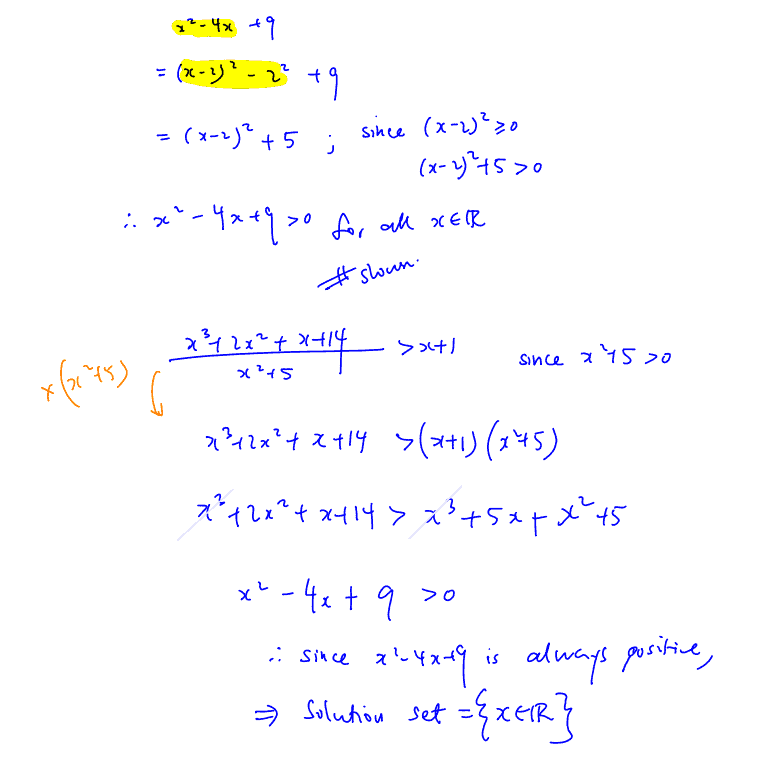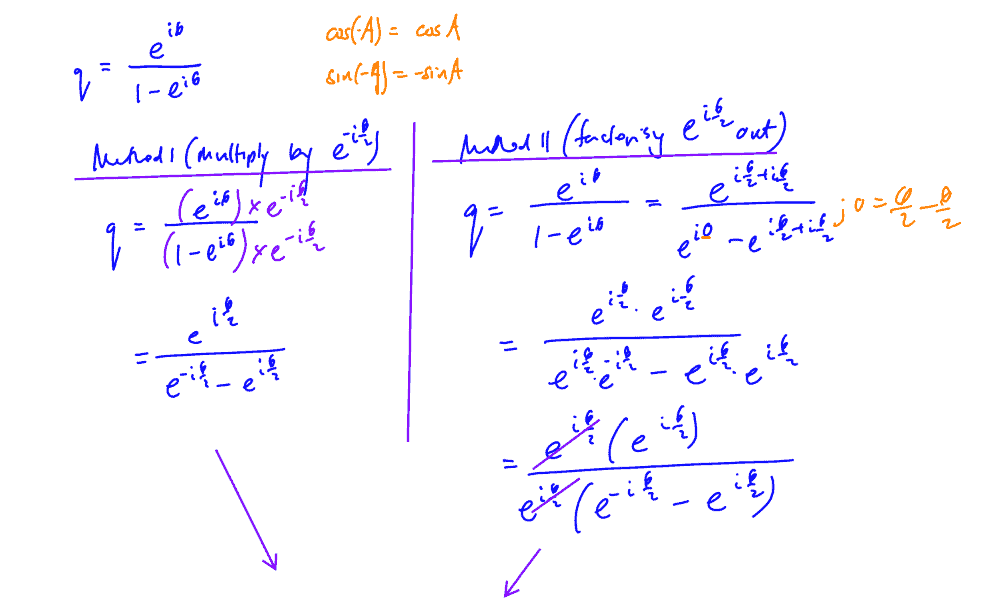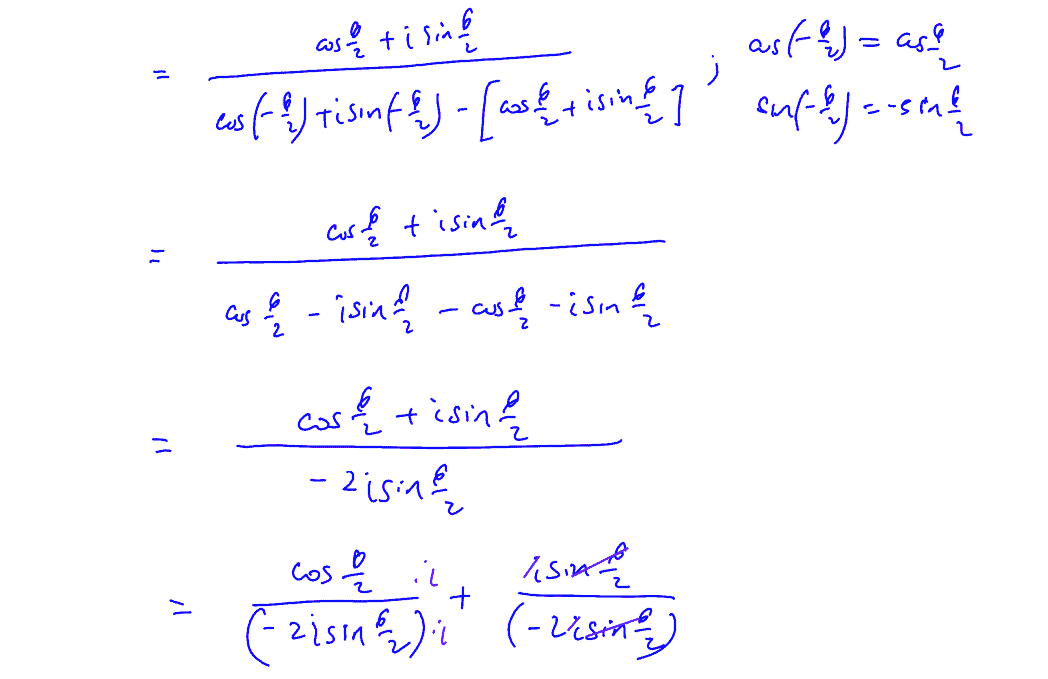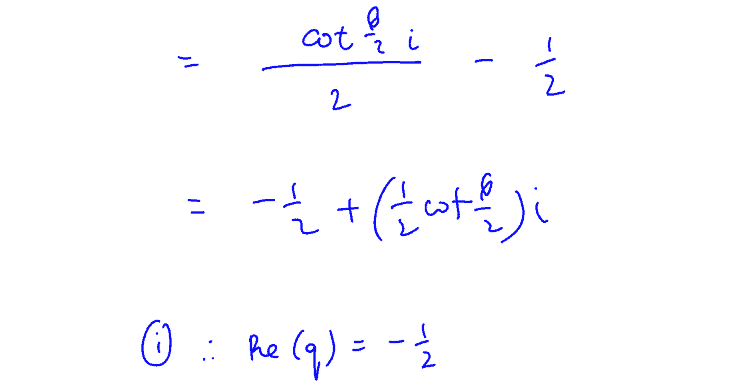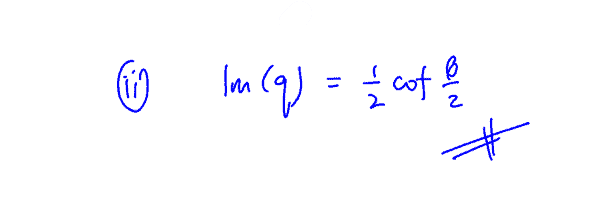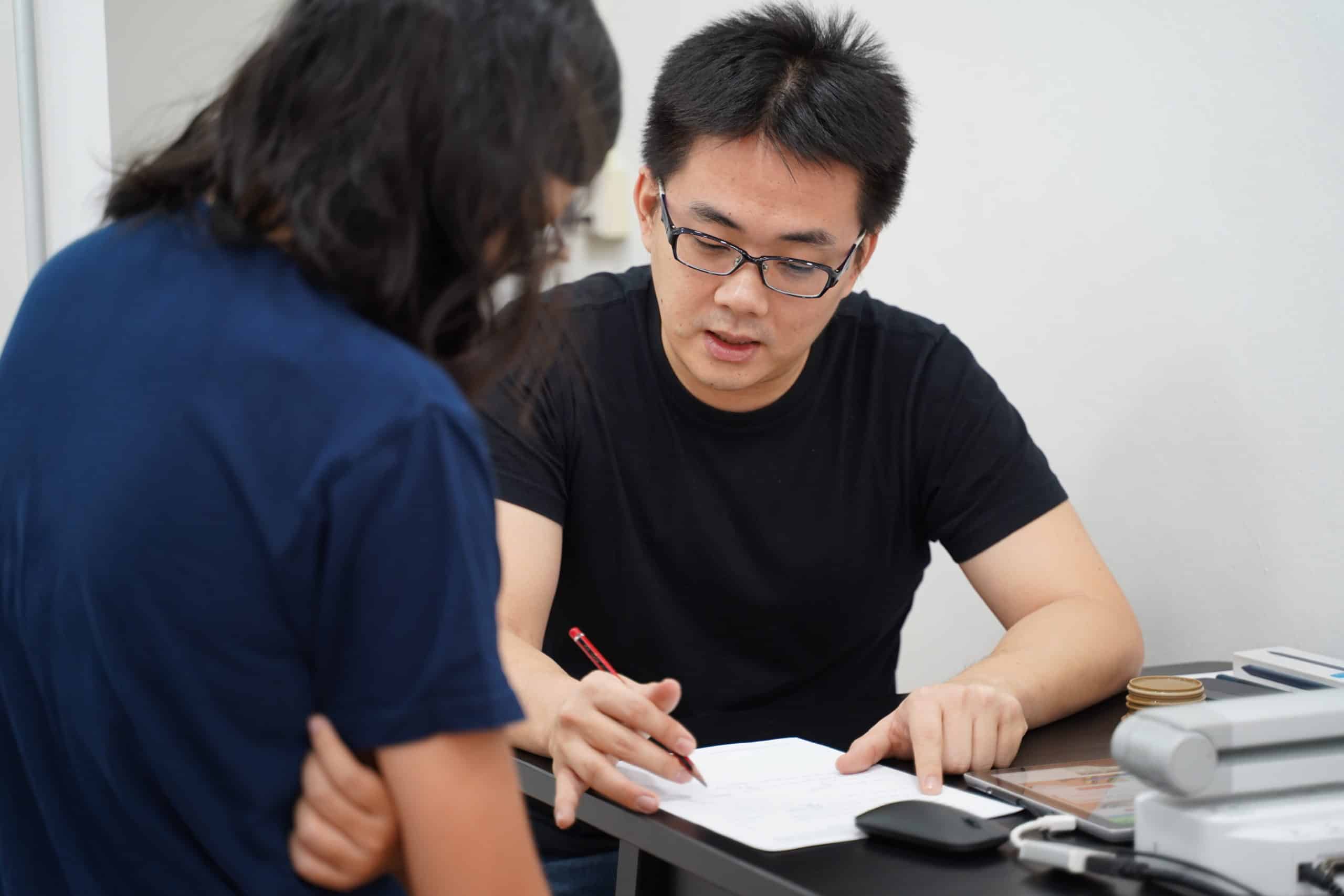Ten-Year-Series (TYS) Solutions | Past Year Exam Questions
1998 A Level H2 Math
These Ten-Year-Series (TYS) worked solutions with video explanations for 1998 A Level H2 Mathematics are suggested by Mr Gan. For any comments or suggestions please contact us at support@timganmath.edu.sg.

